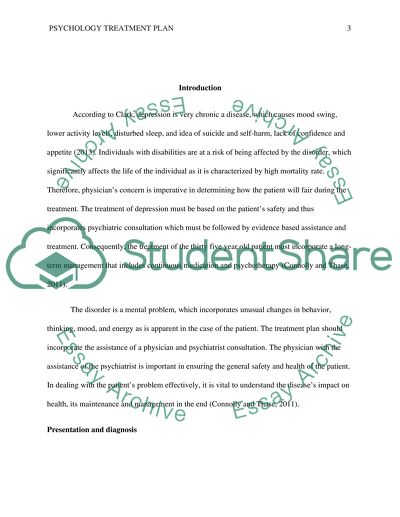Cite this document
(“Treatment Research Paper Example | Topics and Well Written Essays - 2250 words”, n.d.)
Treatment Research Paper Example | Topics and Well Written Essays - 2250 words. Retrieved from https://studentshare.org/psychology/1498545-treatment
Treatment Research Paper Example | Topics and Well Written Essays - 2250 words. Retrieved from https://studentshare.org/psychology/1498545-treatment
(Treatment Research Paper Example | Topics and Well Written Essays - 2250 Words)
Treatment Research Paper Example | Topics and Well Written Essays - 2250 Words. https://studentshare.org/psychology/1498545-treatment.
Treatment Research Paper Example | Topics and Well Written Essays - 2250 Words. https://studentshare.org/psychology/1498545-treatment.
“Treatment Research Paper Example | Topics and Well Written Essays - 2250 Words”, n.d. https://studentshare.org/psychology/1498545-treatment.


